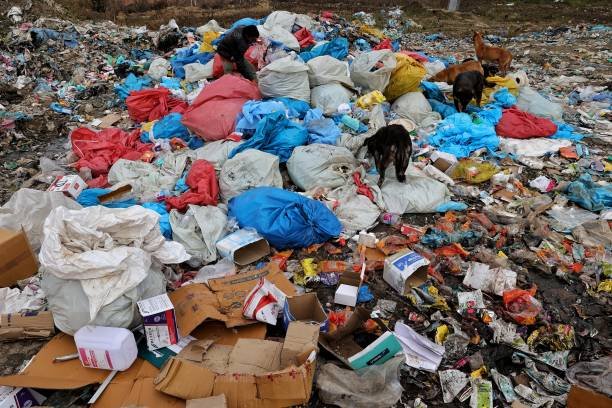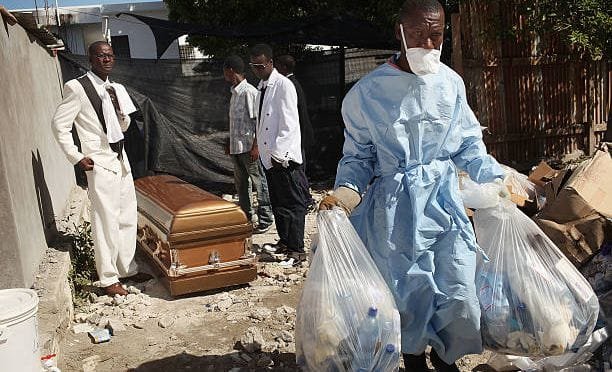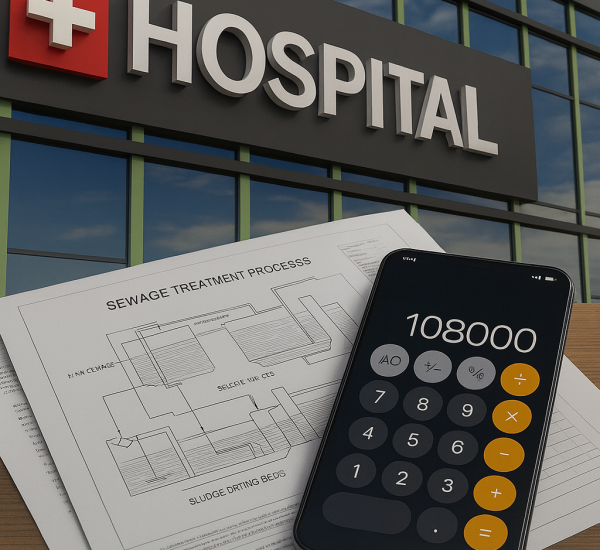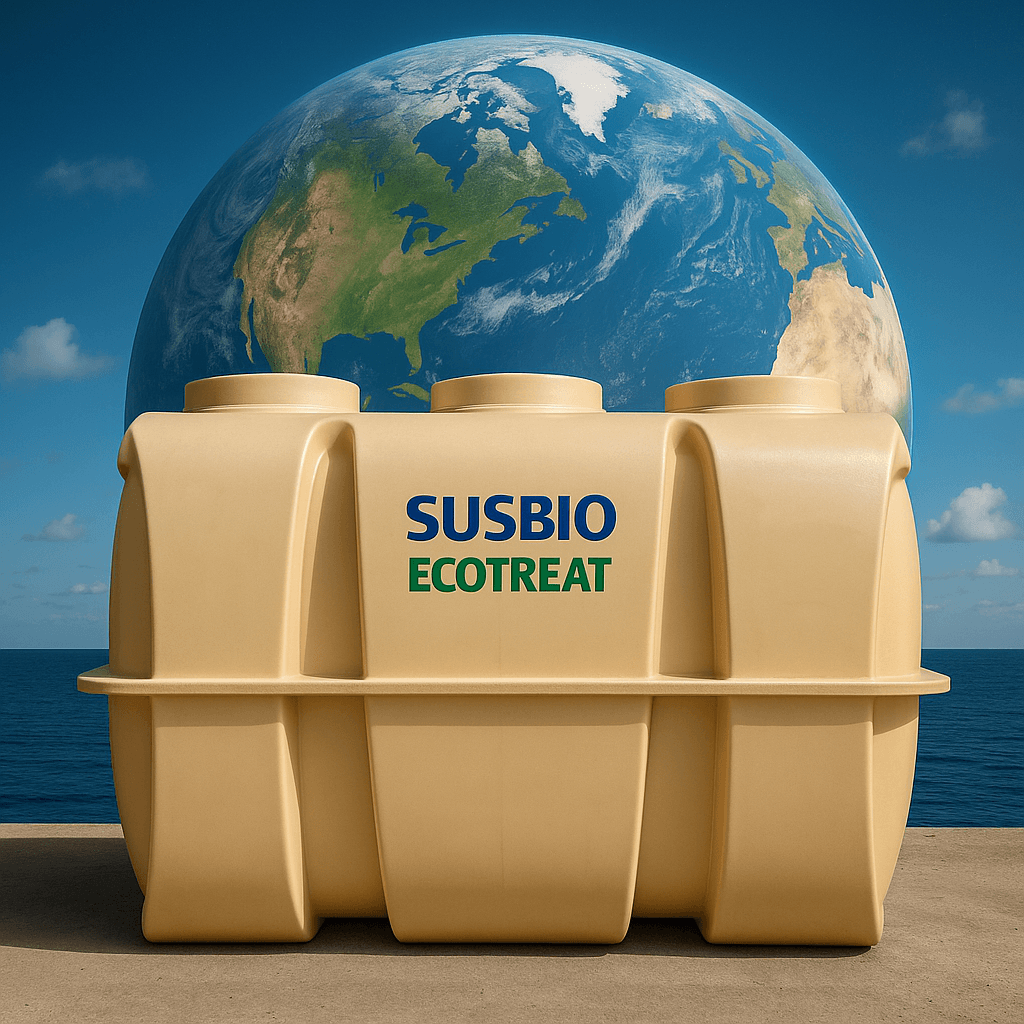Did you know that people in residential areas generate 80–150 liters of sewage daily? Medical facilities create much more wastewater with special characteristics, which makes the STP formula more complex for hospitals.
Your hospital’s sewage treatment plant (STP) capacity needs accurate calculations to ensure regulatory compliance, cost optimization, and environmental safety. The Central Public Health and Environmental Engineering Organization (CPHEEO) recommends 135 liters per day for residential areas, while the Central Pollution Control Board (CPCB) sets a minimum of 150 liters per person daily for group housing societies. However, medical facilities require special calculations because they consume significantly more water.
This guide will help you calculate the right STP capacity for your hospital step by step. You’ll also learn about design requirements, cost factors, space planning, compliance norms, and why choosing the right STP partner is crucial.
Understanding Hospital Wastewater Characteristics

Hospital wastewater differs significantly from residential sewage in both volume and complexity. This uniqueness demands specialized design and treatment strategies for STPs.
Average Water Consumption per Bed (LPCD)
Developed countries: 400–1200 liters per bed daily
Developing nations: 200–400 liters per bed daily
BIS (India):
Hospitals with more than 100 beds: 450 LPCD
Hospitals with fewer than 100 beds: 350 LPCD
Around 80% of total water consumption converts to wastewater, making accurate STP sizing essential.
Example: A 1120-bed hospital in Portugal produces about 1000 cubic meters of wastewater daily.
Variation in Wastewater Load by Department

Each hospital department contributes differently:
HVAC systems: 48% of hospital water usage
Operating theaters: ~100 liters per surgery
ICUs and isolation wards: 100–400 liters per patient daily
Impact of Laundry, Kitchen, and Labs on BOD/COD
Hospital laundry can account for 30-35% of wastewater.
Detergents, disinfectants, and pharma residues increase BOD and COD significantly.
Typical values:
BOD: 112–750 mg/L
COD: 251–1400 mg/L
Hospital wastewater is 5–15 times more toxic than domestic sewage.
BOD₅/COD ratio: >0.3 (good biodegradability, but complex effluents)
Step-by-Step STP Capacity Calculation for Hospitals

Hospitals require a systematic calculation approach:
1. CPHEEO Guidelines
Large hospitals (>100 beds): 450 LPCD
Smaller hospitals: 350 LPCD
2. Sewage Generation = 80% of Water Consumption
Formula:
Sewage Generation (L/day) = Number of Beds × LPCD × 0.8
3. Peak Flow Factor
Peak factor for hospitals: 1.5 to 3.0
Larger hospitals: 1.5
Smaller hospitals: 3.0
Example Calculation for a 200-Bed Hospital
Water consumption = 200 × 450 = 90,000 L/day
Sewage = 90,000 × 0.8 = 72,000 L/day
Peak flow = 72,000 × 1.5 = 108,000 L/day
STP Capacity = 108 KLD
Design Considerations for Hospital STP Room and Area
Area Requirements
2 KLD: Small clinics
10 KLD: Small hospitals
20–50 KLD: Medium hospitals
100+ KLD: Large hospitals
Example: 1350 KLD STP with 3 m depth needs ~450 sq. m (15 × 30 m).
Ventilation and Safety
Proper airflow to prevent toxic gas buildup (H₂S, CO).
Outlets should be twice the size of inlets for efficient ventilation.
Underground STP Units
Ideal for space-limited hospitals.
Require waterproofing, access points for maintenance, gas detection systems.
Key Regulatory Parameters (CPCB Norms)
pH: 6.5–8.5
BOD: ≤10 mg/L
COD: ≤50 mg/L
TSS: ≤10 mg/L
Ammonical Nitrogen: ≤5 mg/L
Fecal Coliform: ≤100 MPN/100ml
Mandatory: Hospitals with more than 100 beds must install STPs.
Monitoring and Reporting Requirements
Inline sensors for pH, BOD, COD, TSS.
Communication via RS485 Modbus.
Monthly third-party audits.
Estimated Costs and Space
Small STP (10–20 KLD): ₹8–15 lakhs
Medium STP (50–100 KLD): ₹20–40 lakhs
Large STP (500+ KLD): ₹80 lakhs–₹2 crores
Costs depend on technology (MBBR, SBR, MBR), automation, and treated water reuse options.
Additional Important Factors
Disinfection: UV or chlorine dosing for hospital effluent.
Sludge Handling: Use of drying beds or filter presses.
Odor Control: Biofilters or chemical scrubbers.
Energy Efficiency: Consider VFDs, low-power blowers.
Future Expansion: Modular design for scalability.
Why Choose SUSBIO and SUSBIO ECOTREAT for Your Hospital?
Hospitals need reliable, compact, and compliant STPs, and that’s exactly what SUSBIO ECOTREAT delivers:








SUSBIO is India’s top sewage treatment and wastewater management company, known for innovation and reliability. Choosing SUSBIO ECOTREAT ensures compliance, sustainability, and long-term cost savings for your hospital.
Conclusion
Designing a hospital STP is not a one-size-fits-all job. It requires accurate capacity calculations, robust design, regulatory compliance, and technology tailored for complex effluents. Hospitals consume 350–450 LPCD per bed, with 80% converting to wastewater. Accurate sizing using CPHEEO guidelines and peak flow factors is critical.
Your STP must also meet CPCB discharge norms, include smart monitoring systems, and allow for future scalability. Space optimization, ventilation, sludge handling, and odor control are all equally important.
If you want a trouble-free, sustainable, and cost-effective hospital wastewater treatment solution, SUSBIO ECOTREAT is your best choice. It’s India’s most advanced prefabricated STP, delivering plug-and-play installation, minimal maintenance, and CPCB-compliant treated water.
Build a healthier hospital environment. Choose SUSBIO ECOTREAT – the future of hospital sewage treatment in India.
FAQs on Calculating STP Capacity for Hospitals
1. How do you calculate the STP capacity for a hospital?
To calculate STP capacity, multiply the number of beds × LPCD (350–450), then take 80% of that for sewage generation and apply a peak factor (1.5–3.0). For example, a 200-bed hospital with 450 LPCD will need around 108 KLD STP capacity.
2. What is the standard water consumption per bed for hospitals in India?
According to CPHEEO guidelines, large hospitals (>100 beds) require 450 liters per capita per day (LPCD), while smaller hospitals (<100 beds) need 350 LPCD. Around 80% of this converts to wastewater.
3. What are the key CPCB norms for hospital STP discharge?
The treated water must comply with CPCB standards, including:
BOD ≤10 mg/L
COD ≤50 mg/L
TSS ≤10 mg/L
pH: 6.5–8.5
Fecal Coliform: ≤100 MPN/100ml
4. Why is hospital wastewater treatment more complex than residential sewage?
Hospital wastewater contains high BOD/COD, disinfectants, detergents, pharmaceutical residues, and pathogens. It is 5–15 times more toxic than domestic sewage, requiring specialized treatment processes.
5. Why choose SUSBIO ECOTREAT for hospital sewage treatment?
SUSBIO ECOTREAT offers advanced prefabricated STPs that are plug-and-play, CPCB-compliant, energy-efficient, and designed to handle highly complex hospital wastewater. It provides quick installation, low maintenance, and long-lasting performance.


